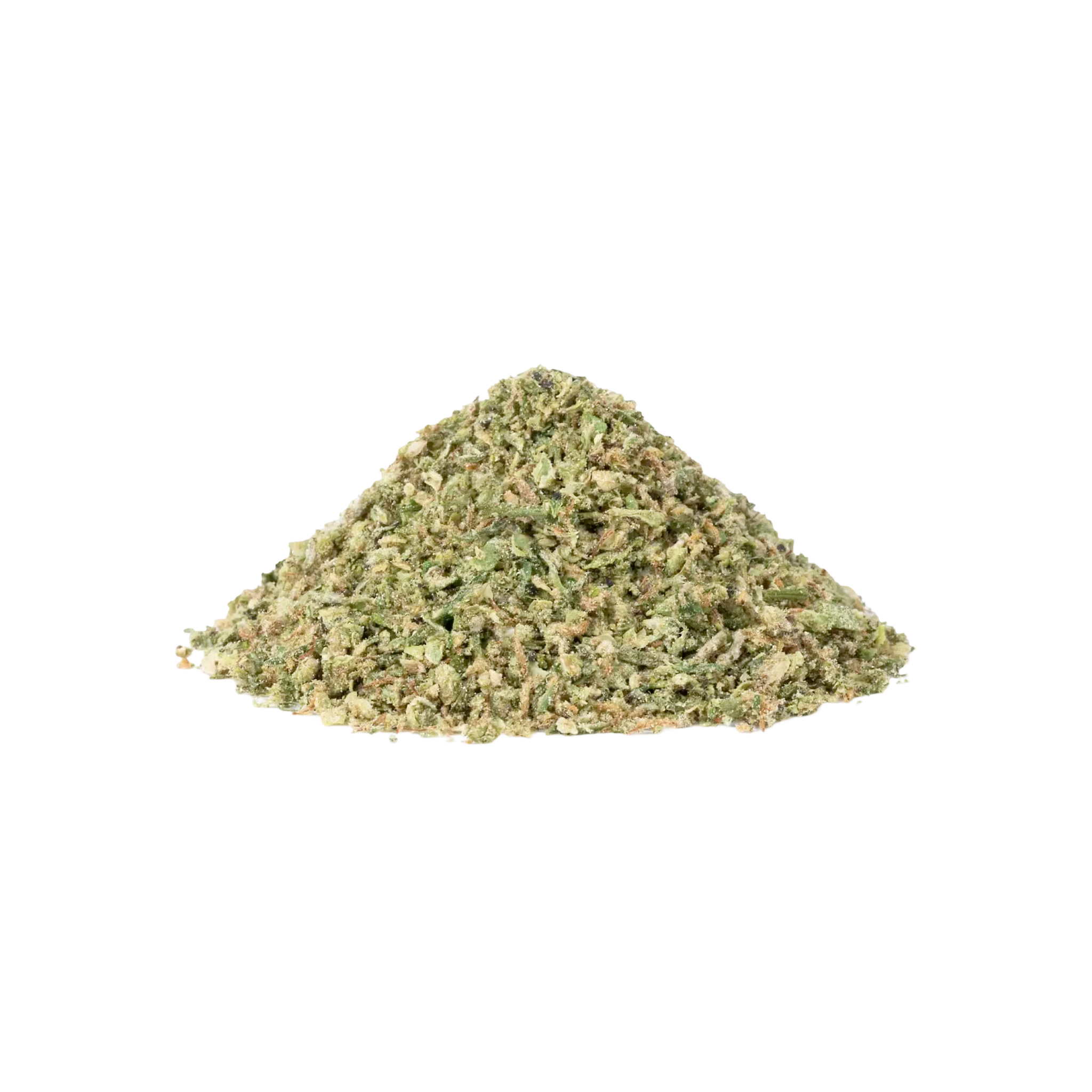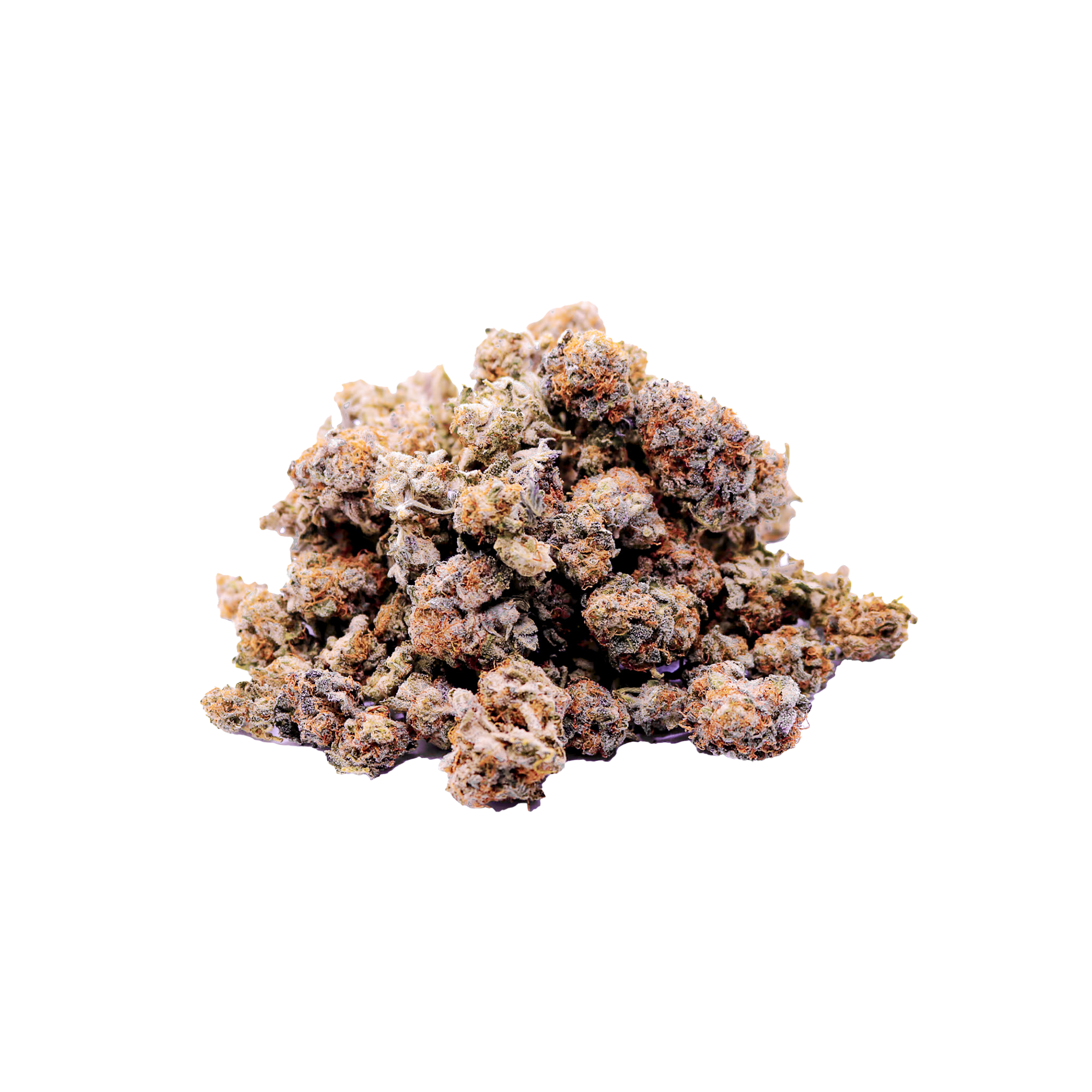The Surrealist Master and the Green Muse
Salvador Dalí, the Spanish surrealist painter renowned for his dreamlike and often bizarre imagery, has long been associated with the use of cannabis. While the exact extent of his experimentation with the substance remains a subject of speculation, there's no denying that his work is deeply intertwined with the exploration of altered states of consciousness.
Born in Figueres, Spain, in 1904, Dalí displayed artistic talent from a young age. He studied art in Madrid and Paris, where he became associated with the Surrealist movement, a group of artists who sought to tap into the subconscious mind and challenge conventional notions of reality.
A Surrealist Mind
Dalí's paintings are characterized by their dreamlike quality, often featuring melting clocks, distorted figures, and bizarre juxtapositions. These images can be seen as reflections of a mind that has been pushed to its limits, a mind that has ventured into the unknown realms of the subconscious.
It's no coincidence that Dalí's most iconic work, "The Persistence of Memory," features melting clocks, a symbol of the fluidity of time and the distorted perception of reality that can be induced by altered states of consciousness. Some art critics have speculated that Dalí's use of cannabis played a significant role in the creation of this and other surrealist masterpieces.
The Green Muse
While Dalí never explicitly stated that he used cannabis regularly, he did admit to experimenting with the substance and finding it inspiring. He famously said, "I don't do drugs. I AM drugs," suggesting that he believed cannabis was an integral part of his creative process.
Some argue that Dalí's use of cannabis helped him to unlock his subconscious mind and access a deeper level of creativity. The drug's ability to loosen the grip of conventional thought and open up new perspectives could have been particularly beneficial for an artist seeking to challenge traditional artistic conventions.
The Impact on His Work
Whether or not cannabis directly influenced Dalí's most famous paintings is a matter of debate. However, there's no doubt that the drug's ability to alter perception and consciousness aligns with the themes and imagery found in his work.
The melting clocks in "The Persistence of Memory," for example, could be seen as a visual representation of the distorted perception of time that can occur when under the influence of substances. The bizarre and dreamlike landscapes found in many of Dalí's paintings could also be seen as a reflection of the altered states of consciousness that can be induced by cannabis.
A Controversial Connection
While some celebrate Dalí's association with cannabis as a testament to the drug's potential to inspire creativity, others view it with skepticism. Some argue that the artist's eccentric personality and flamboyant lifestyle were more significant factors in his artistic success than any substance use.
Regardless of one's personal opinion, there's no denying that Dalí's work continues to captivate and intrigue audiences around the world. His exploration of the subconscious mind, both through his art and his personal life, has left a lasting legacy that will continue to inspire and challenge for generations to come.
As we explore the relationship between cannabis and creativity, Dalí's legacy serves as a reminder of the power of the human mind to produce extraordinary works of art, even when influenced by unconventional substances.












Understanding the Science Behind Cannabis Smell
Amsterdam Coffeeshops: A Unique Cultural Experience